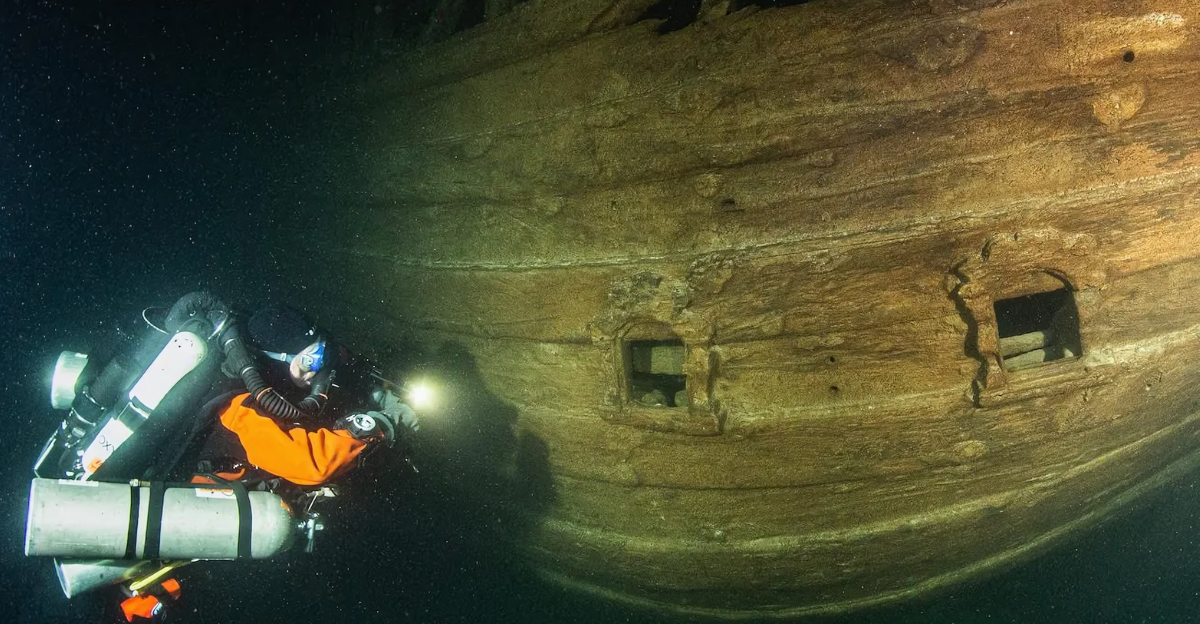
A 2,000-year-old shipwreck was found off the coast of Adrasan, Turkey, at about 33–46 meters deep.
This ship, packed with hundreds of stacked bowls, plates, and pots from the Late Hellenistic–Early Roman period, is a significant breakthrough.
Turkey’s culture minister, Mehmet Nuri Ersoy, dived to see it and called it “a discovery like no other in the world.” The ceramics’ colorful patterns are still clear after two millennia, making this site unique.
Innovative Ancient Packing
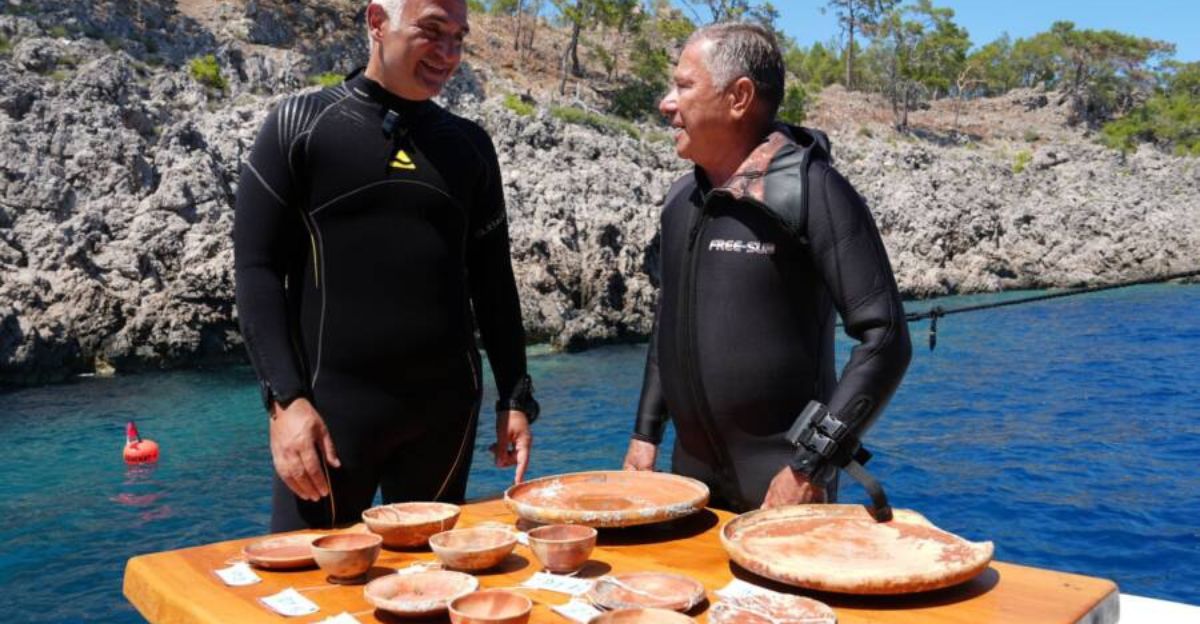
What’s impressive about this wreck is that each ceramic was sealed with a layer of raw clay.
This protective layer, never seen on so many objects before, acted like a natural shield, saving the pottery’s colors and designs from sea damage.
Experts see this as proof of advanced packaging methods by ancient traders, giving us new information on how people stored and shipped fragile goods for long sea journeys.
Global Heritage Treasure
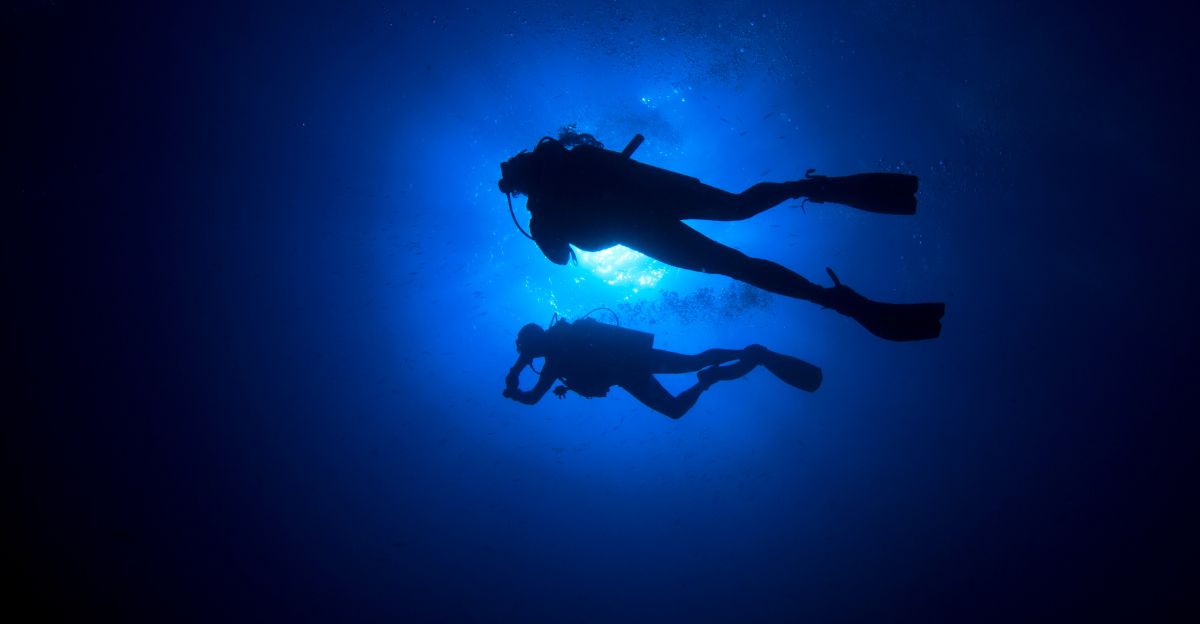
Minister Mehmet Nuri Ersoy repeated that this is a win for Turkey and the whole world.
He said, “This is a precious discovery not just for our country but also for the world’s cultural heritage.”
By diving to the wreck, he drew attention to how the find increases worldwide understanding of ancient trade and craftsmanship and highlights Turkey’s growing role in maritime archaeology.
Ancient Shipping in Action
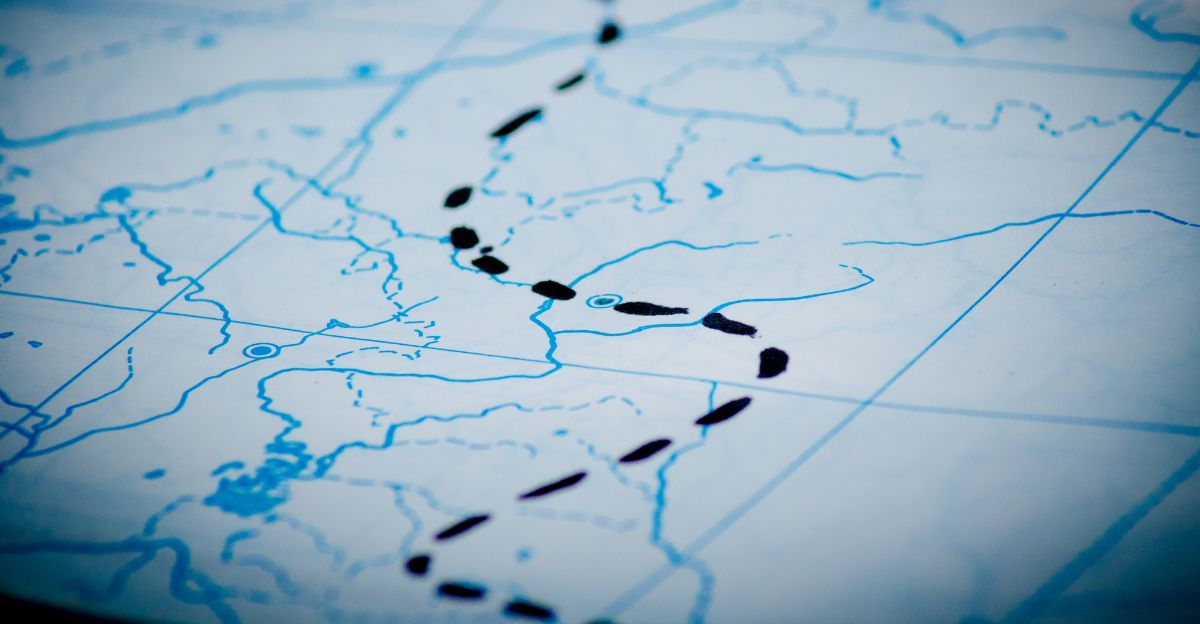
Ceramic plates, red slip bowls, and large trays were found exactly as packed for their original trade voyage.
This gives archaeologists a real-life view of how ships were loaded for journeys across the Mediterranean.
By studying the cargo’s setup, researchers can trace trade routes and see which goods were in demand around 2,000 years ago, including everyday wares and luxury items.
History’s Trade Highway
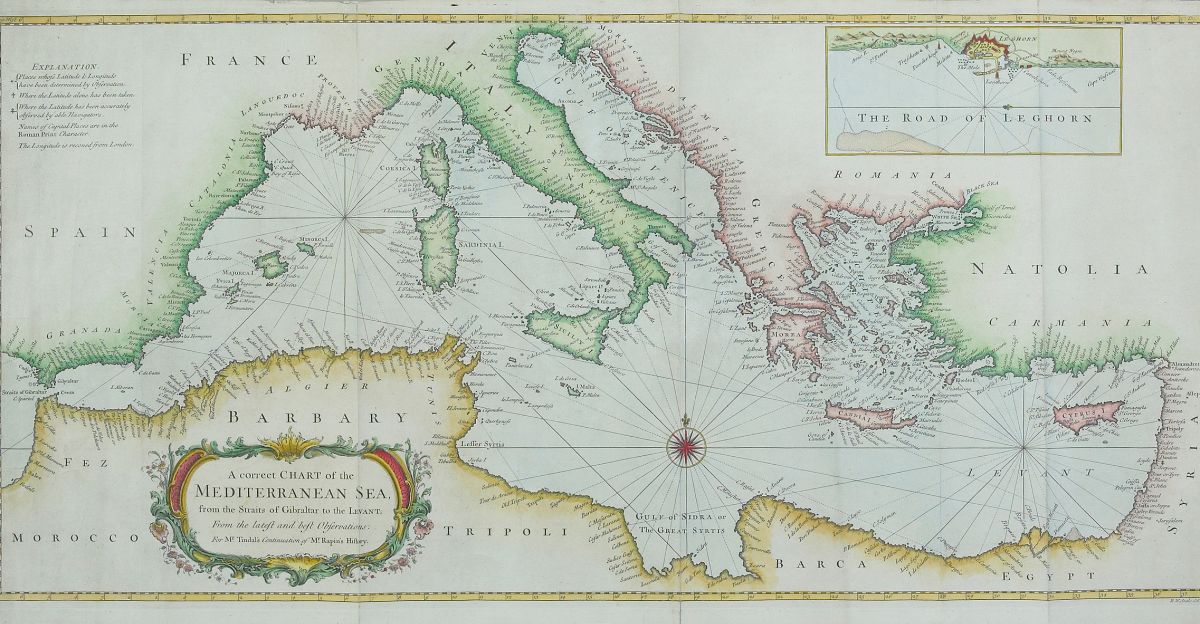
Over 400 ancient shipwrecks have been found between Patara and Mersin, Turkey’s Mediterranean coast, which has long been a key shipping route.
The remarkable condition of the Adrasan wreck helps historians map the busy seaways used by ancient merchants, understanding what risks shippers took and how goods were moved from port to port during the Hellenistic and Roman eras.
High-Tech Conservation
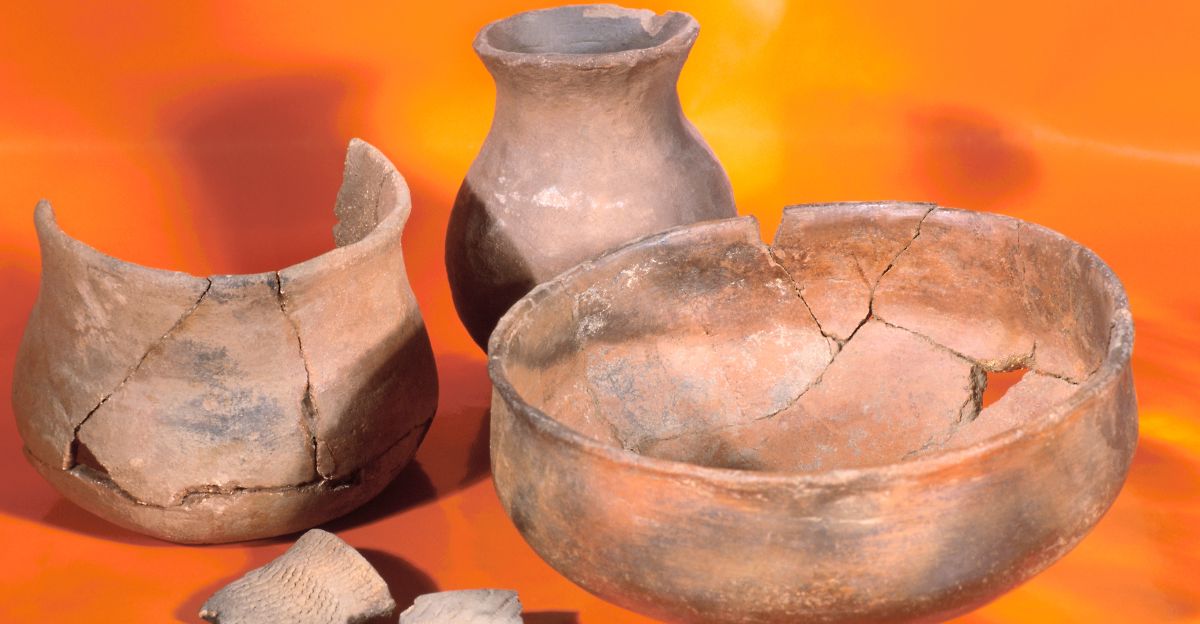
All the ship’s ceramics are now being treated in Turkey’s Regional Restoration and Conservation Labs.
Experts use gentle desalination and stable temperatures to keep the fragile pots safe.
As Minister Ersoy put it, “The plates and bowls have survived with their original colour and surface texture,” making it possible for scientists to study production, trade, and even ancient recipes or food traces left inside the ceramics.
Toward a New Museum

Some of the best finds from this ship will be featured in Turkey’s Mediterranean Underwater Archaeology Museum, which is now being built in Kemer Idyros.
The minister announced that the museum will showcase the country’s underwater history, with special exhibits on the Adrasan ceramics.
Work on the museum starts this summer, adding to Turkey’s status as a leader in public archaeology.
Diving into the Past
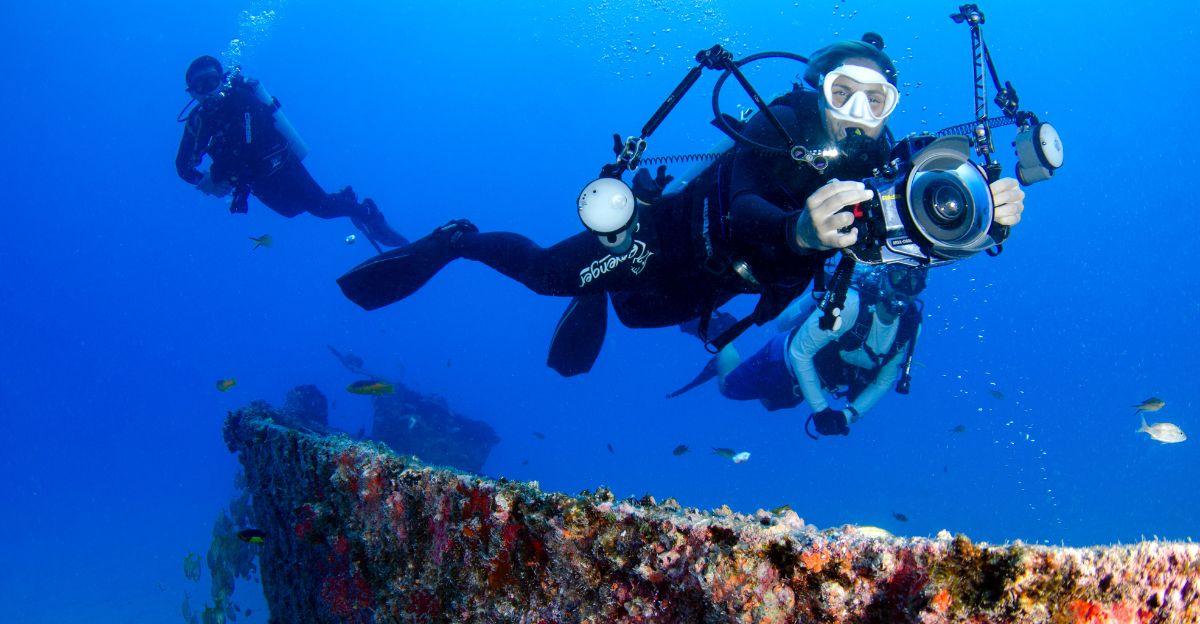
Once the site is stabilized, a “Ceramic Sink” section will open to diving tourists.
This will let visitors view the wreck while protecting the fragile artifacts.
Such mixed approaches, combining museum and open-water access, are part of Turkey’s push for sustainable tourism and heritage conservation, a strategy praised by experts worldwide.
Turkey’s Archaeological Boom
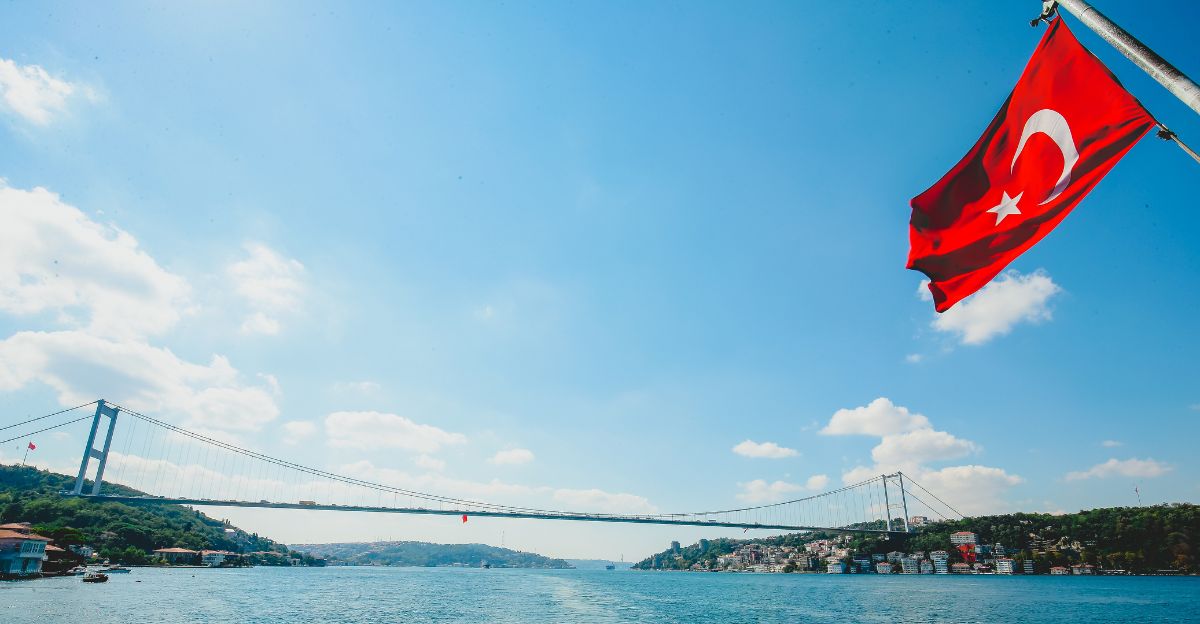
The find is part of Turkey’s “Golden Age of Archaeology,” with the “Heritage for the Future” program boosting excavation and research.
Over 400 shipwrecks have been mapped in the region, and yearly discoveries continue to rewrite our knowledge of the Mediterranean’s past.
The government’s support means more digs get done, raising the country’s profile in world archaeology.
Modern Tools and Teamwork
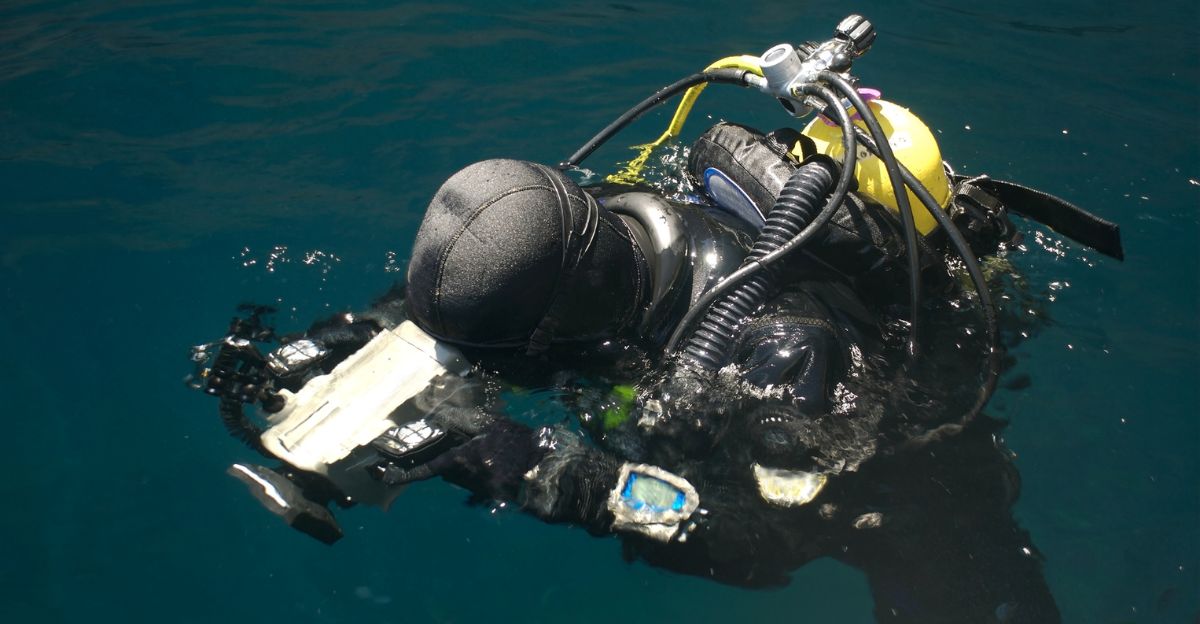
Turkey’s underwater archaeologists now work year-round in professional teams.
The Adrasan dig used advanced lifting equipment and involved collaborations between universities and labs for the best results.
This organized approach sets a new standard for studying and saving underwater sites, making Turkey a model for global ocean research and conservation methods.
Every Wreck Tells a Story
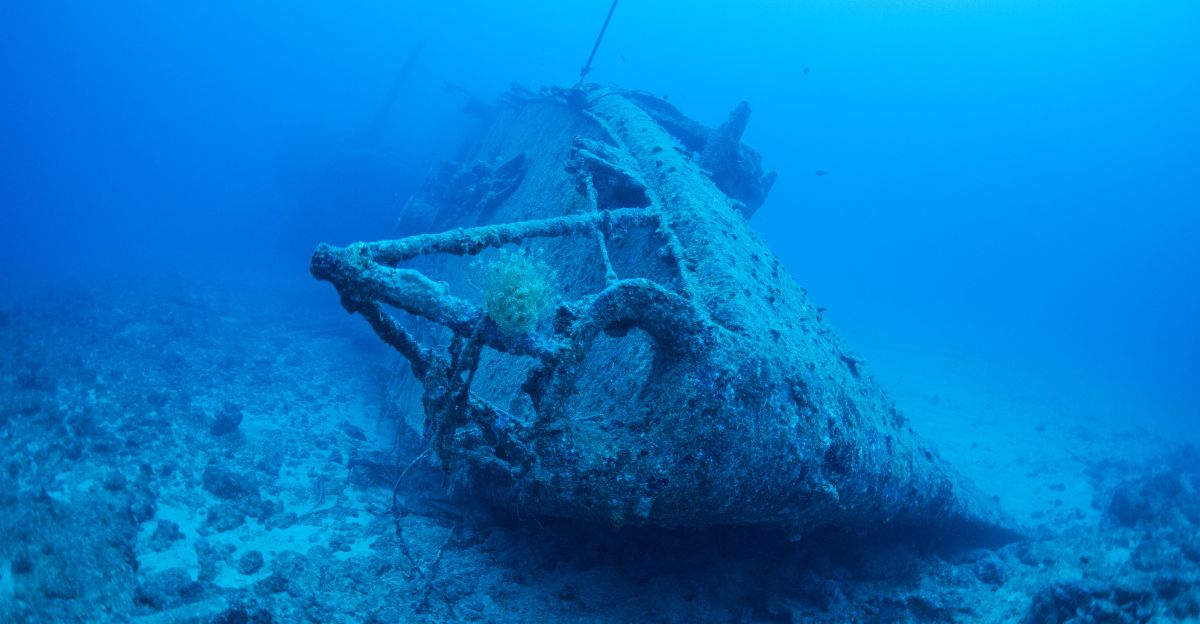
Every shipwreck uncovered by Turkish marine archaeologists opens a new window into history. As Minister Ersoy stated, “Every shipwreck represents a new doorway into our past beneath the sea.”
Recent discoveries, like the Adrasan ceramic wreck, reveal how shipping and trade innovations shaped local and world history.
Ongoing underwater work links ancient maritime networks with modern science, mapping cultural connections and technological changes that spanned centuries and helped define the Mediterranean’s role in world commerce.
Ceramic Diversity and Craft
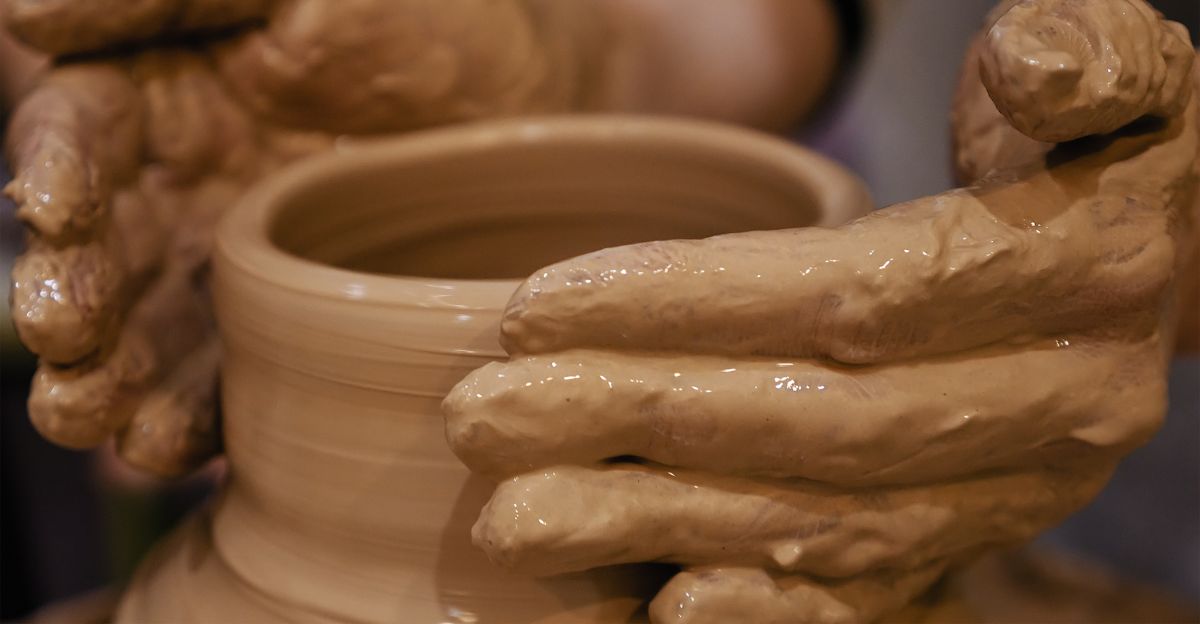
Researchers identified around 25 distinct types of pottery aboard the Adrasan shipwreck, reflecting a broad spectrum of ancient craftsmanship.
Pieces like Eastern sigillata red slip bowls illustrate regional traditions in the Mediterranean.
The neatly stacked arrangement demonstrates how ancient merchants maximized space, reducing breakage and improving efficiency.
This organization isn’t just logistical—it reveals the advanced skills of potters and the careful planning of their maritime clients, highlighting the intelligence and expertise behind ancient shipping and trade.
Sharing the Find
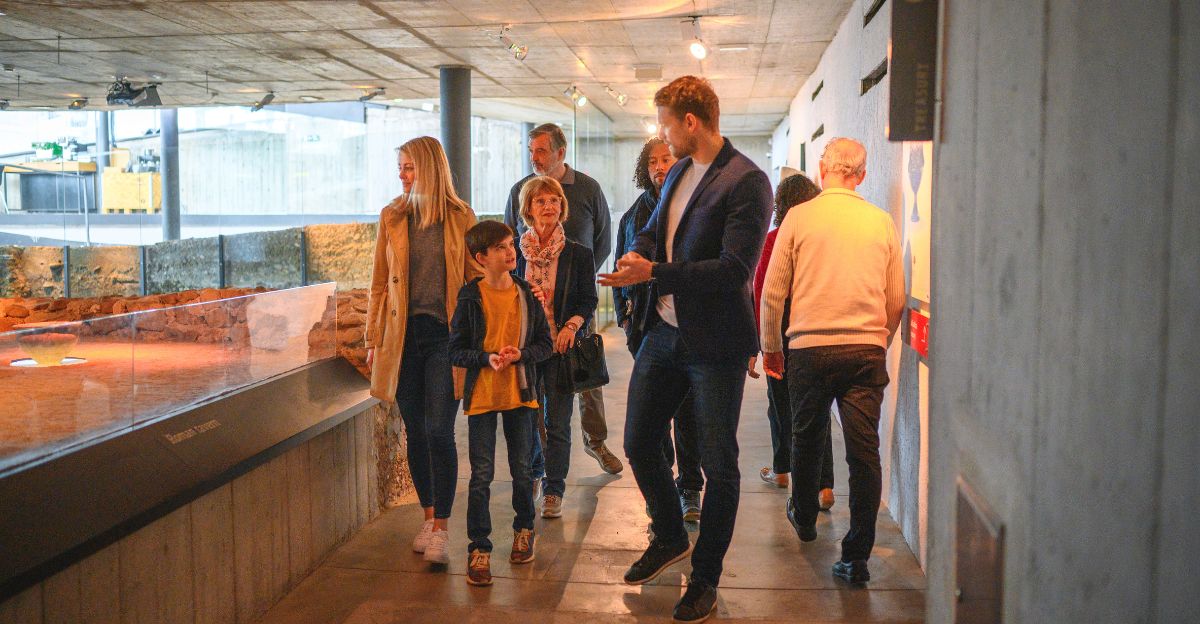
The Turkish Ministry of Culture and Tourism has actively promoted the discovery of the Adrasan shipwreck through national television, newspapers, and digital platforms, sparking broad interest in archaeology.
Significant finds are featured in public exhibits and museum events, while special media coverage and upcoming documentaries aim to bring the story to audiences everywhere.
By making the details of the shipwreck widely accessible, these efforts help connect Turkey’s ancient past with contemporary society and inspire more people to appreciate cultural heritage and scientific discovery.
Museums After Dark
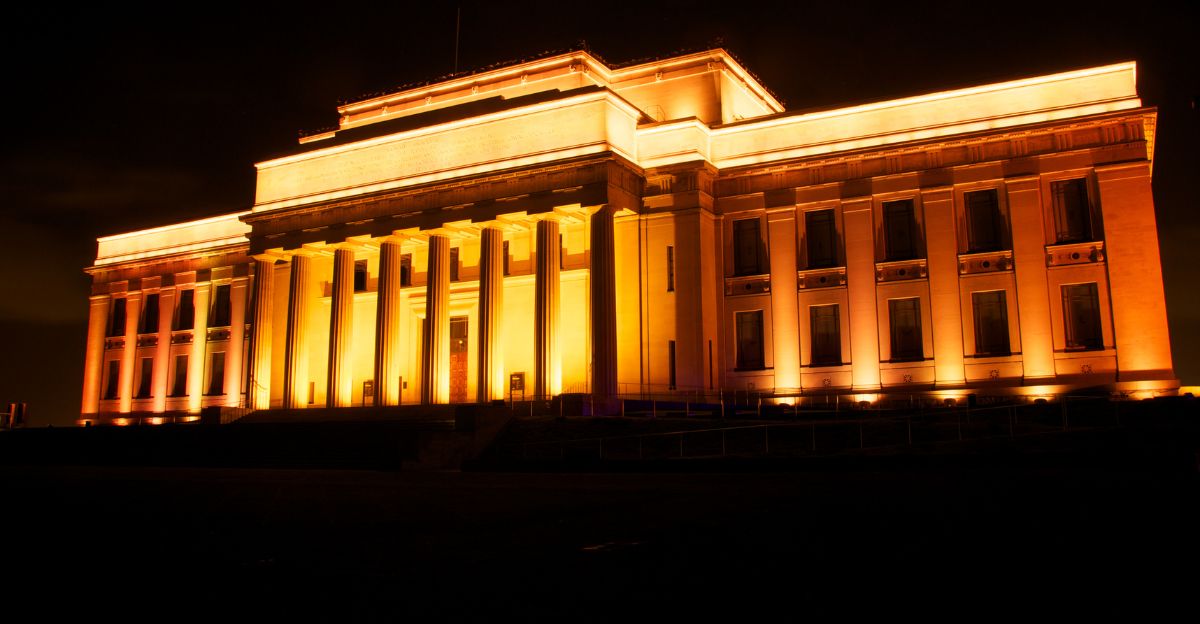
In Antalya, some museums, including the planned Kemer Idyros Underwater Archaeology Museum, now stay open until 10 at night as part of a “Night Museum” project.
This means people can visit and see incredible ancient shipwreck finds, like the Adrasan ceramics, after the sun goes down, when it’s cooler and less crowded. These museums set up special lights and create magical displays in the evening.
Sometimes, real archaeologists give talks or tours, helping visitors understand what’s on display and sharing stories about their discoveries. There are even interactive stations for kids and extra shows or talks at night.
This new schedule makes museums more fun and brings in more visitors, letting locals and tourists enjoy history in a whole new way.
Boost to Tourism
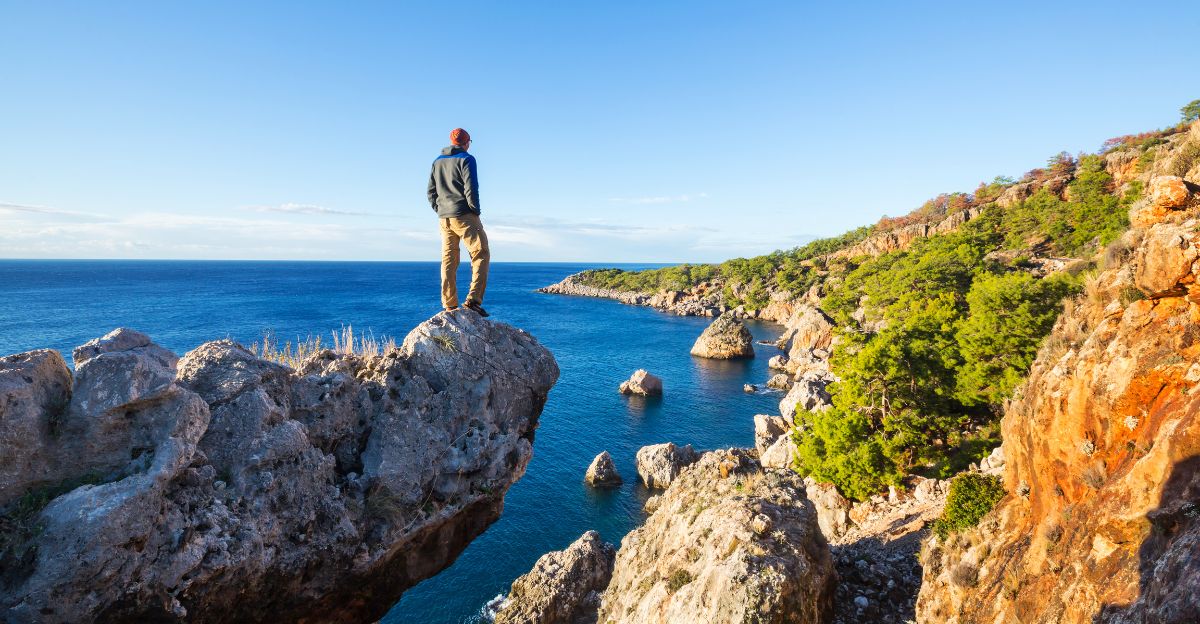
With new diving centers and marine parks along Turkey’s Mediterranean coast, sites like Adrasan are drawing a surge of global tourists.
Visitors come for the region’s extraordinary history, scenic beauty, and abundant opportunities for adventure, from diving to guided archaeological tours.
This tourism growth supports the local economy and helps share Turkey’s rich cultural heritage with the world. Adrasan’s blend of preserved antiquity and accessible recreation makes it a top destination on the international map.
Worldwide Recognition
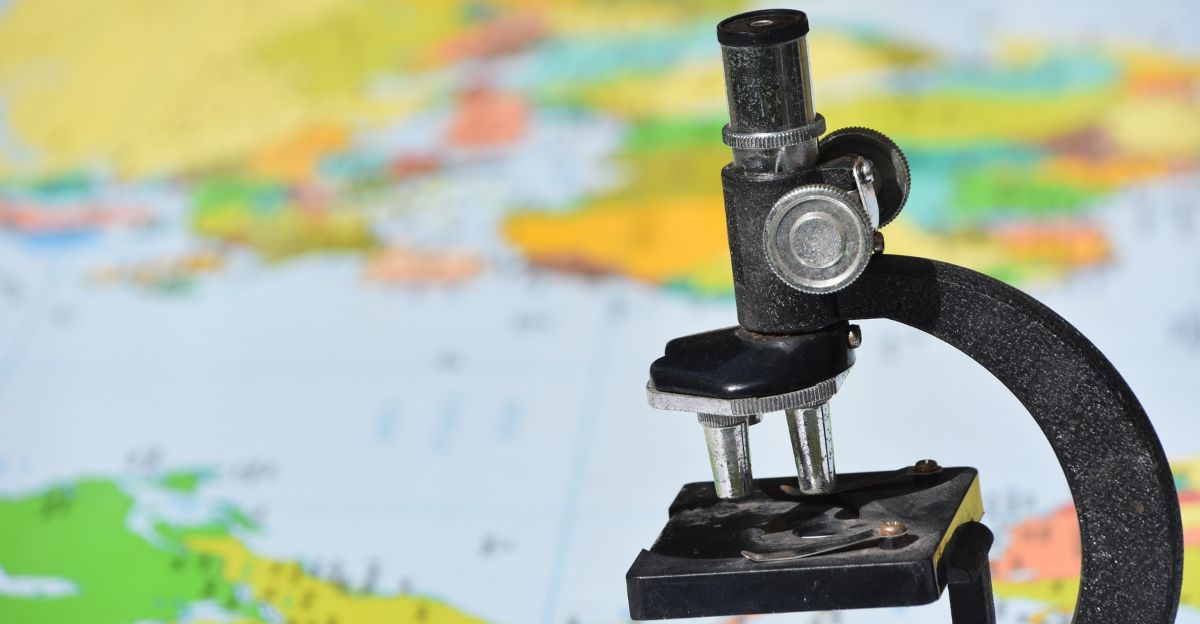
Archaeologists worldwide have praised the Adrasan shipwreck as a model for careful preservation and scientific teamwork.
Major journals and research groups cite the find as an example of how collaboration and advanced conservation can safeguard even the most delicate ancient treasures.
Their efforts let people revisit the world of ancient mariners and artisans today, offering new data on trade, technology, and everyday life, highlighting best practices for studying and safeguarding underwater cultural heritage.
Learning From Old Cargo
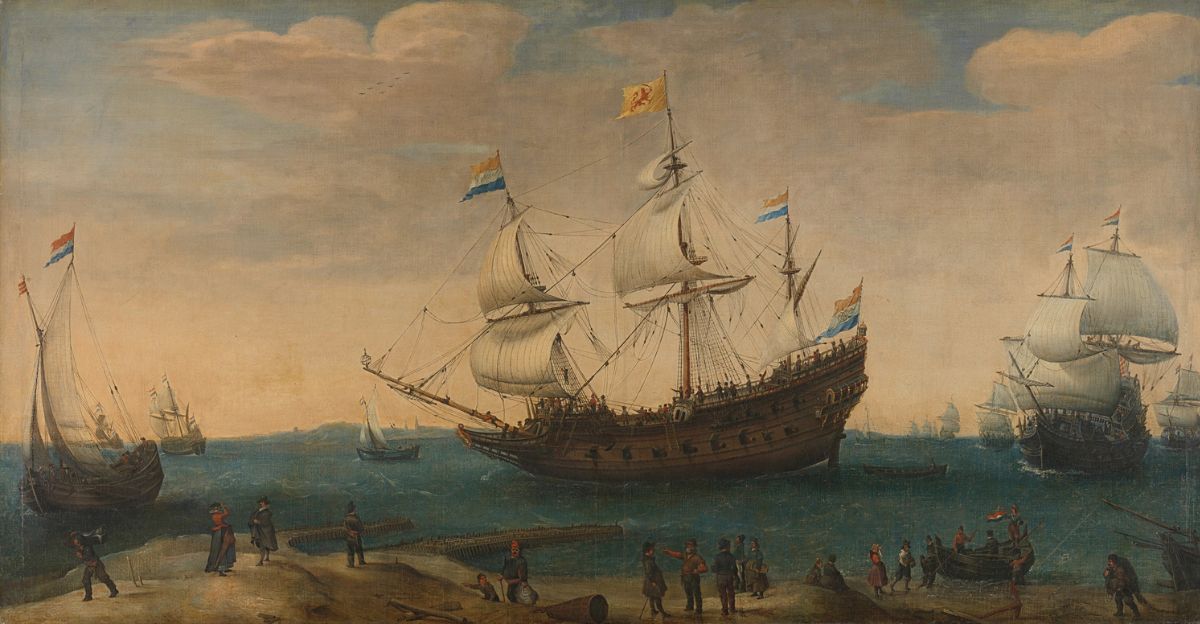
The ceramics—even tiny traces inside them—may reveal what people ate, traded, and how shipping changed with the seasons.
Studying these details will offer new clues about the lives of regular people, ancient food, and the challenges of trading across the Mediterranean, giving historians answers to long-held questions.
Better Than Famous Wrecks
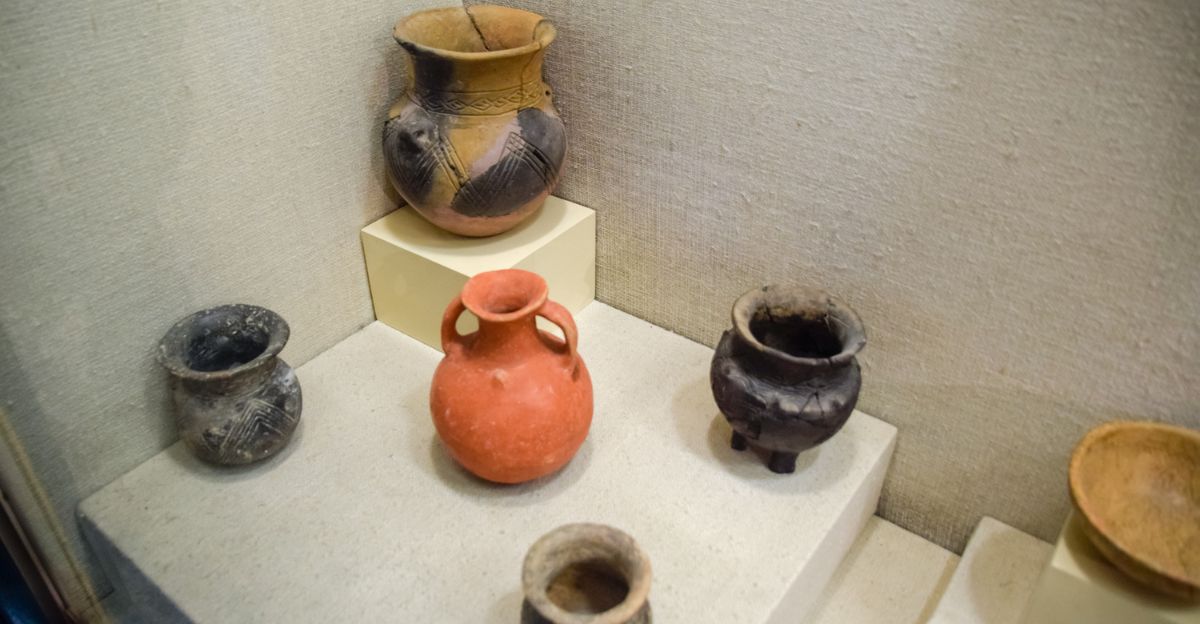
While the Mediterranean boasts other renowned shipwrecks such as Antikythera, none can rival Adrasan for the meticulous arrangement and preservation of its ceramics.
All the bowls, plates, and pots were found perfectly stacked in their original positions and protected by a unique layer of raw clay, keeping their designs intact.
These goods’ sheer quality and quantity offer archaeologists an unprecedented look into ancient trade, setting a new benchmark for what shipwreck discoveries can reveal about our past.
Ongoing Research
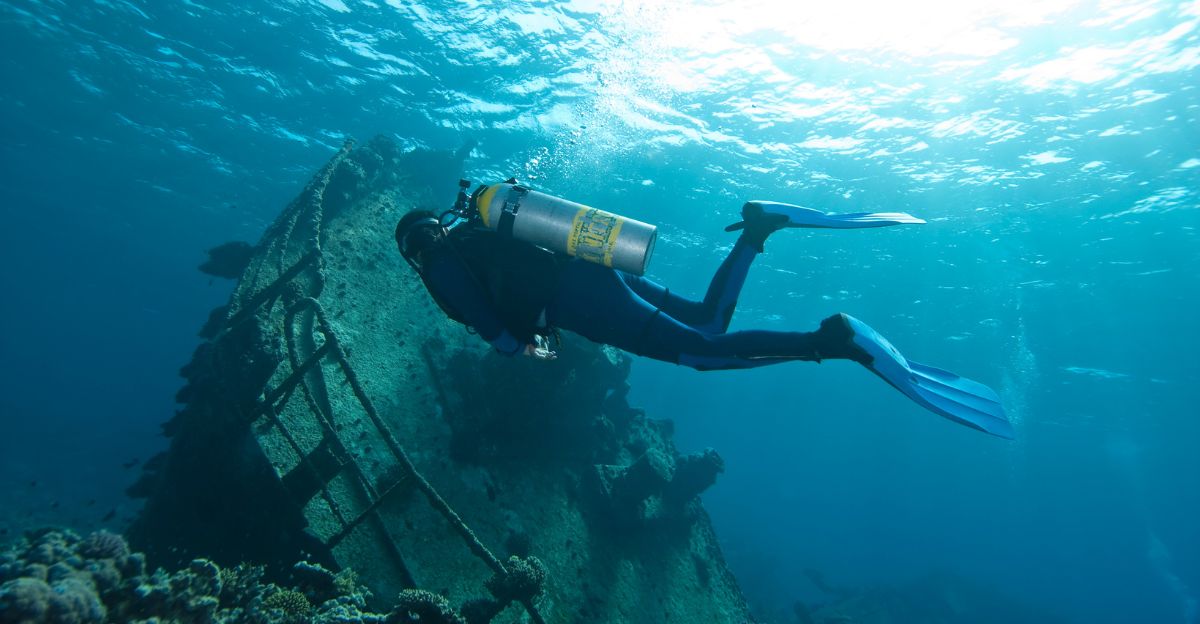
Scientists have yet to finish exploring the Adrasan shipwreck. They plan to go on more dives to see what’s hidden under the sand and rocks, using special cameras and high-tech scans.
Every time a new bowl, plate, or tool is found, researchers learn something new about what ancient traders did. These crews carefully record where everything is found to get a clearer story about the ship and its journey. Sometimes, experts from other countries help, too.
Each new find gives us more clues about life, travel, and trade in the ancient Mediterranean. Exhibits and tours are also planned so more people can enjoy these amazing discoveries.
Lasting Lessons From the Deep
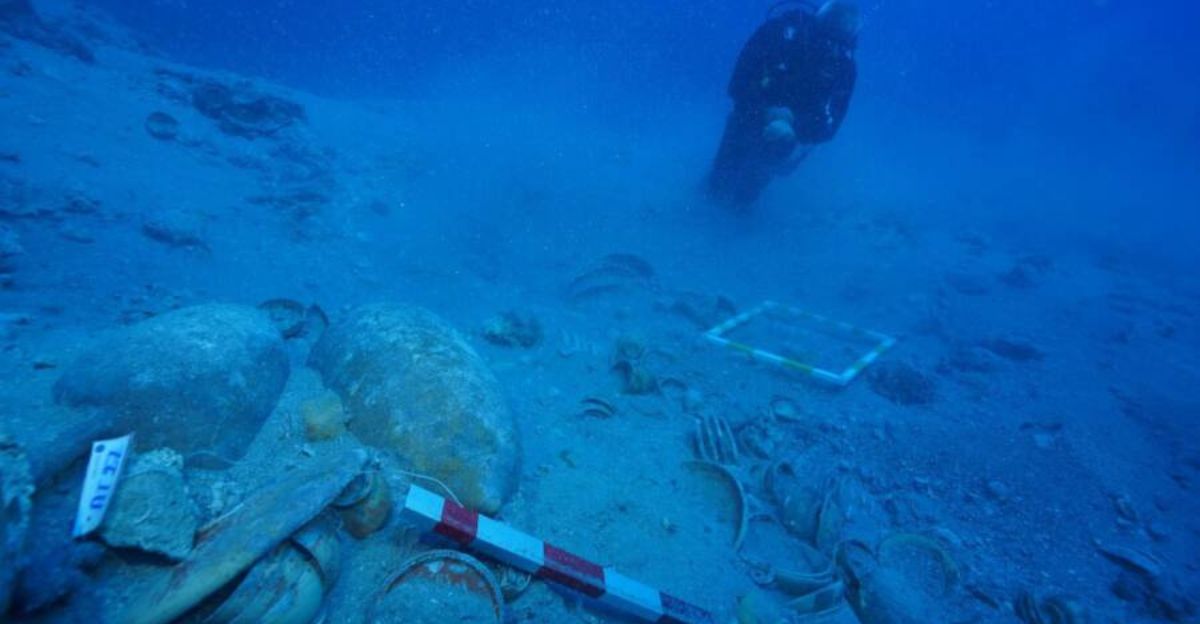
This 2,000-year-old shipwreck, with its artfully protected pottery, is a landmark for global archaeology.
It proves that Turkey leads in scientific digging and sharing discoveries, while public museums and tourism combine to keep ancient history alive and relevant for future generations.
Such finds remind us that the secrets of the past still wait below the sea, shaping our knowledge with every new expedition.